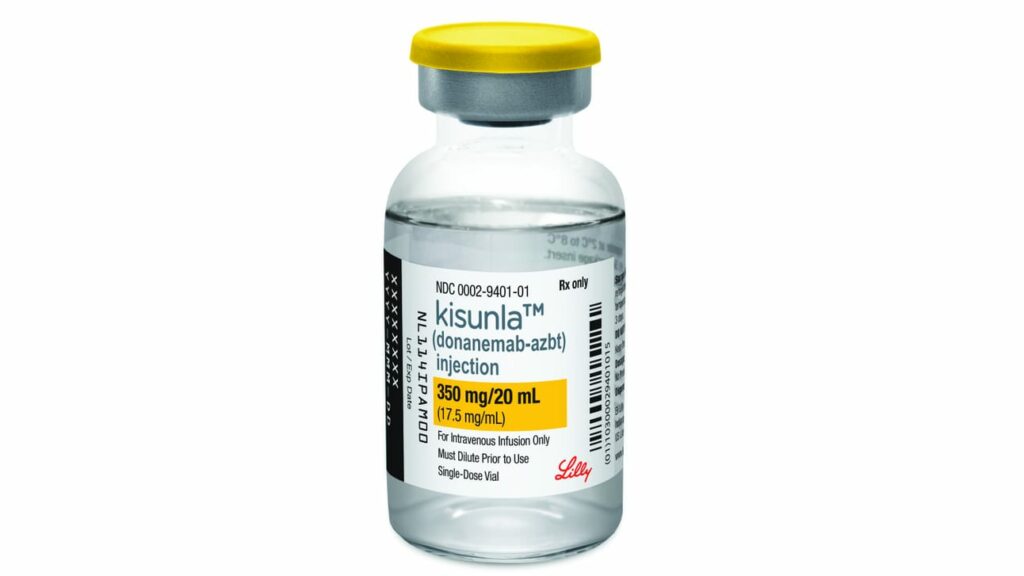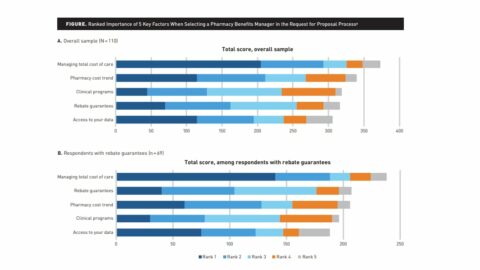Hope everyone had a great Independence Day. I’m still reeling a bit from the culture shock of moving from the #2 state for per-capita fireworks purchases to the state that ranks #23. Turns out, there are a lot more rules in here in Maine.
And my local fire chief was very courteous in explaining them to me on Thursday night.
Who knew he was a neighbor?
We have another decision in an IRA-related lawsuit, and it follows the same script as the past handful: Boehringer Ingelheim’s effort to have the law tossed was rejected by a federal judge.
At this point, that doesn’t mean a lot. An appeal of the case is almost certainly going to be heard by the Second Circuit, and we’ll go through the same rigamarole that we’re seeing elsewhere (there are appeals pending in the Fifth Circuit and the Third Circuit, too).
You can read the opinion here, but there’s not much in the way of surprises if you’ve been following the other cases. The legal argument rested on the idea that the IRA’s price controls are voluntary — if it doesn’t like the price, a company can just leave Medicare — which is absurd as a matter of reality but less so as a matter of law.
Anyway: IRA lawsuits have been on the periphery of the news for the last couple of weeks as everyone figures out what to do with the big Supreme Court case that threw out the idea that decisions of administrative agencies (like, um, HHS/CMS) should be granted deference by the courts. That overturned forty years of case law from a decision widely known simply as “Chevron.”
For what it’s worth, the decision in the BI case didn’t reference Chevron. Neither did any of the briefs. That’s not hugely surprising, because the BI case was centered around whether the law was constitutional in the first place, not whether CMS look liberties in implementing it. I went back and looked: even in the cases that leaned into the idea that CMS was overstepping its authority, there wasn’t any talk of Chevron (or, really, even the idea of deference to regulators).
Caveats: My scan wasn’t comprehensive, and just because Chevron wasn’t cited doesn’t mean that the underlying concept wasn’t guiding the arguments or the jurisprudence. Nor does the absence of Chevron mean that there won’t be other, more pointed, suits challenging CMS’ authority.
Just wanted to level-set on the record as it stands right now.
Lilly won approval for its Alzheimer’s medicine, Kisunla, last week. The pricing here is unique and important: Kisunla is designed to be used for a set period of time (until the brain plaques are cleared).
That means that about half of all patients should be done in a year, which would peg the total list price for the medicine at $32,000. (If you get done in six months, the total course of treatment would be $12,522. Eighteen months would cost $48,696.)
These numbers are easy to cite here because Lilly put them right in the press release, which is worthy of some comment in itself.
Reid Strategic tracks every single launch price disclosure going back more than two years (more on this dataset soon!), and one of the things that I look at is the type of disclosure stratified by the size of the company. Price is much more material for smaller companies, so there tends to be more proactive disclosure. Larger companies, in general, deal with price reactively (or don’t disclose at all at approval).
In 2023, there were 14 medicines approved belonging to companies with a market cap of more than $100 billion dollars. In not a single one of those approvals was price announced proactively.
Obviously, Lilly is a $100B+ company, but they’re not the only big company to take a proactive stance in 2024. Merck, too, talked price about their PAH drug, Winrevair, when it was approved. Rather than a press release, Merck put its pricing details in a deck posted to its website. But — still — full credit for proactivity.
Does that mean there is a sudden trend toward more disclosure of list price at launch by big pharma? Eh, it’s probably too early to declare this a standard practice. But the fact that Merck and Lilly both put the number out there — and both did so without sentiment boomeranging on them — is noteworthy.
Before I disappeared last week, I noted a substance-free op-ed by President Biden and Bernie Sanders about drug prices. As with pretty much everything Bernie does, it took shots at the price of obesity drugs.
I wrote in the morning, and by the afternoon, there were a bunch of stories written about how shares in Lilly and Novo were falling in response to the op-ed. That was, predictably, an overreaction, given that neither Biden nor Bernie spelled out any particular policy solve. Shares of both companies are back to where they were, pretty much, pre-op-ed.
BTW: both companies provided statements on the op-ed, which are summarized in this Yahoo piece. The overarching argument here is that the U.S. system is unique in a number of ways that tend to lead to higher medicine prices.
Elsewhere:
There was lots of activity on the 340B side. In Mississippi, a judge rejected efforts by Novartis and PhRMA to stop the implementation of a law that restricts how manufacturers can deal with contract pharmacies. In Kansas, AbbVie and AstraZeneca filed suit to stop a similar law. There are a lot of moving parts here (that’s a euphemism for “lawsuits”), so I’m sure we’ll be revisiting the topic a lot this summer.
It’s not drug pricing, but — man — this WSJ piece on how insurance companies appear to be taking Medicare Advantage for a ride is one h*ck of a piece of journalism. $50 billion in suspect diagnoses is a lot of money.
Payers should be doing more “evidence generation,” per the FDA commissioner, writing in JAMA. I mean, yes. But also: careful what you wish for.
We should do more value assessments on things other than drugs. That feels like it should be an objective fact, but the idea is bolstered by this great Health Affairs Forefront piece by the folks at Tufts. It makes a compelling case for how we can prioritize such research for the vast swaths of the health care system that tend to escape such scrutiny. (Also: we spend $14.3 billion on spinal fusions every year? Holy moly.)
Thanks for reading this far. I’m always flattered when folks share all or part of Cost Curve. All I ask is for a mention or tag. Bonus points if you can direct someone to the subscription page.





